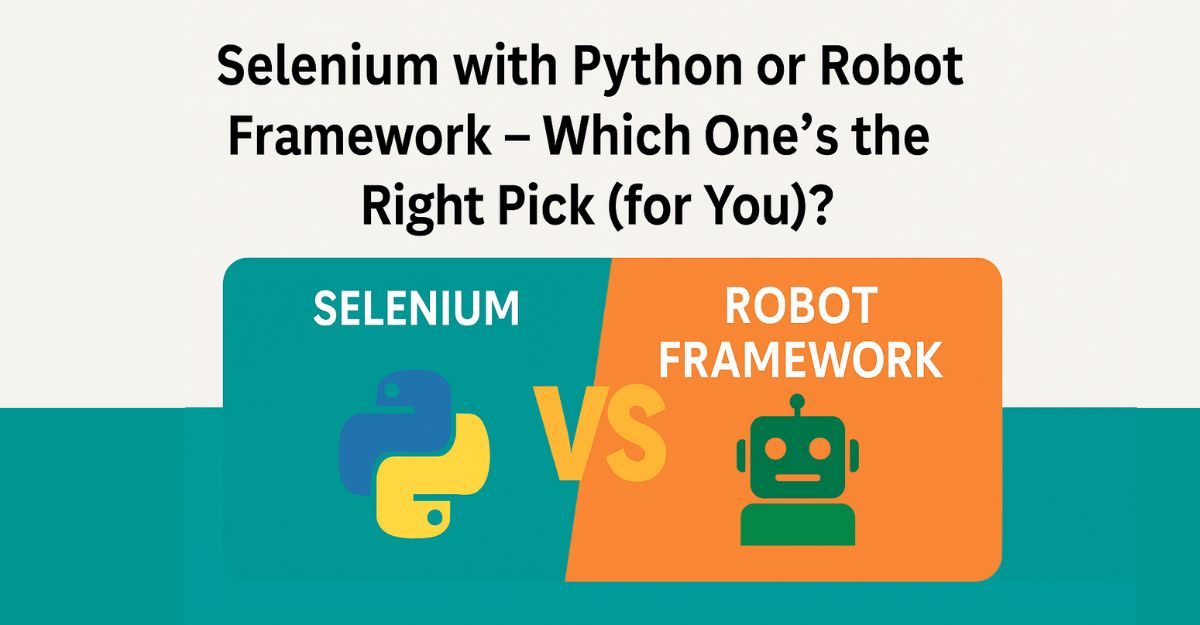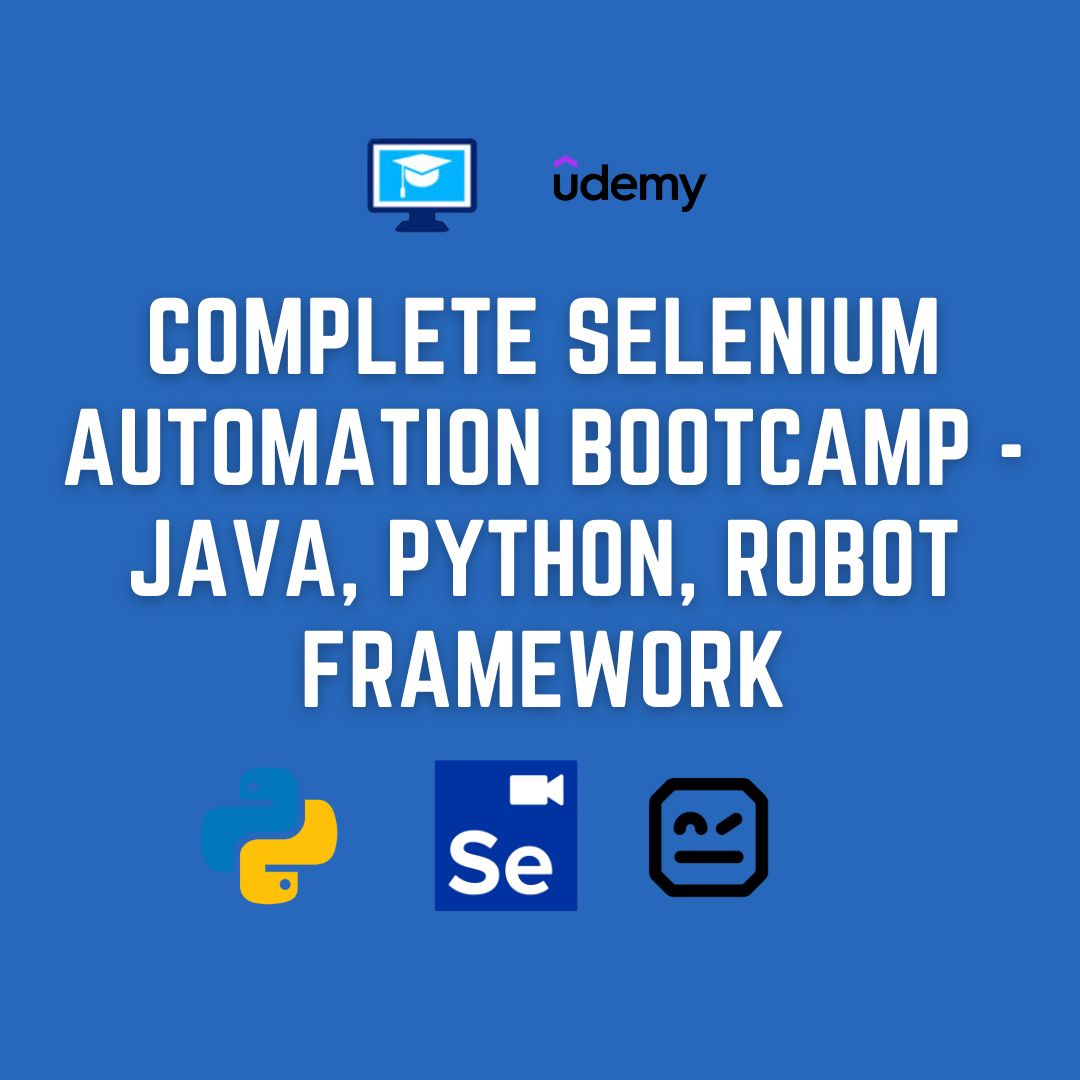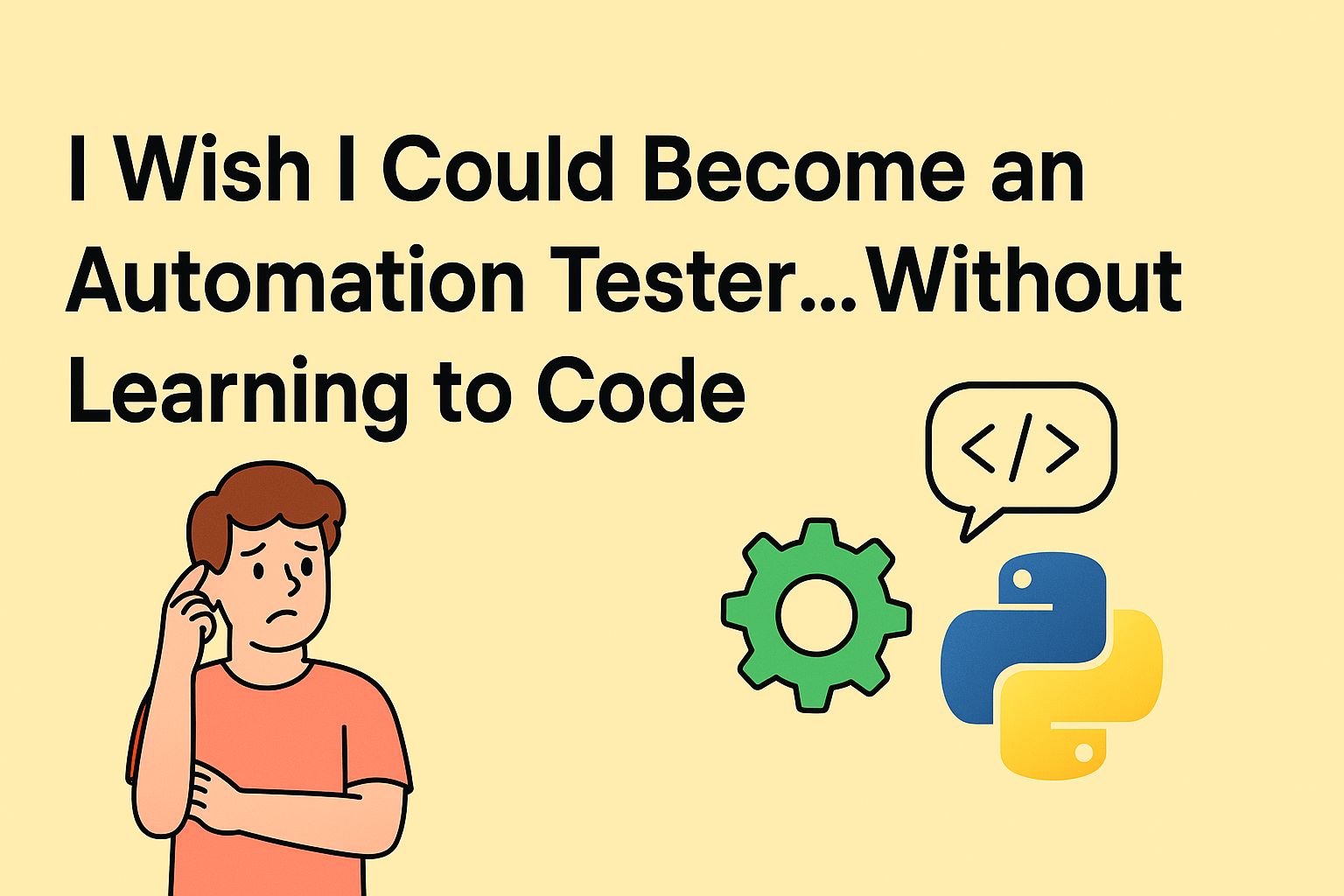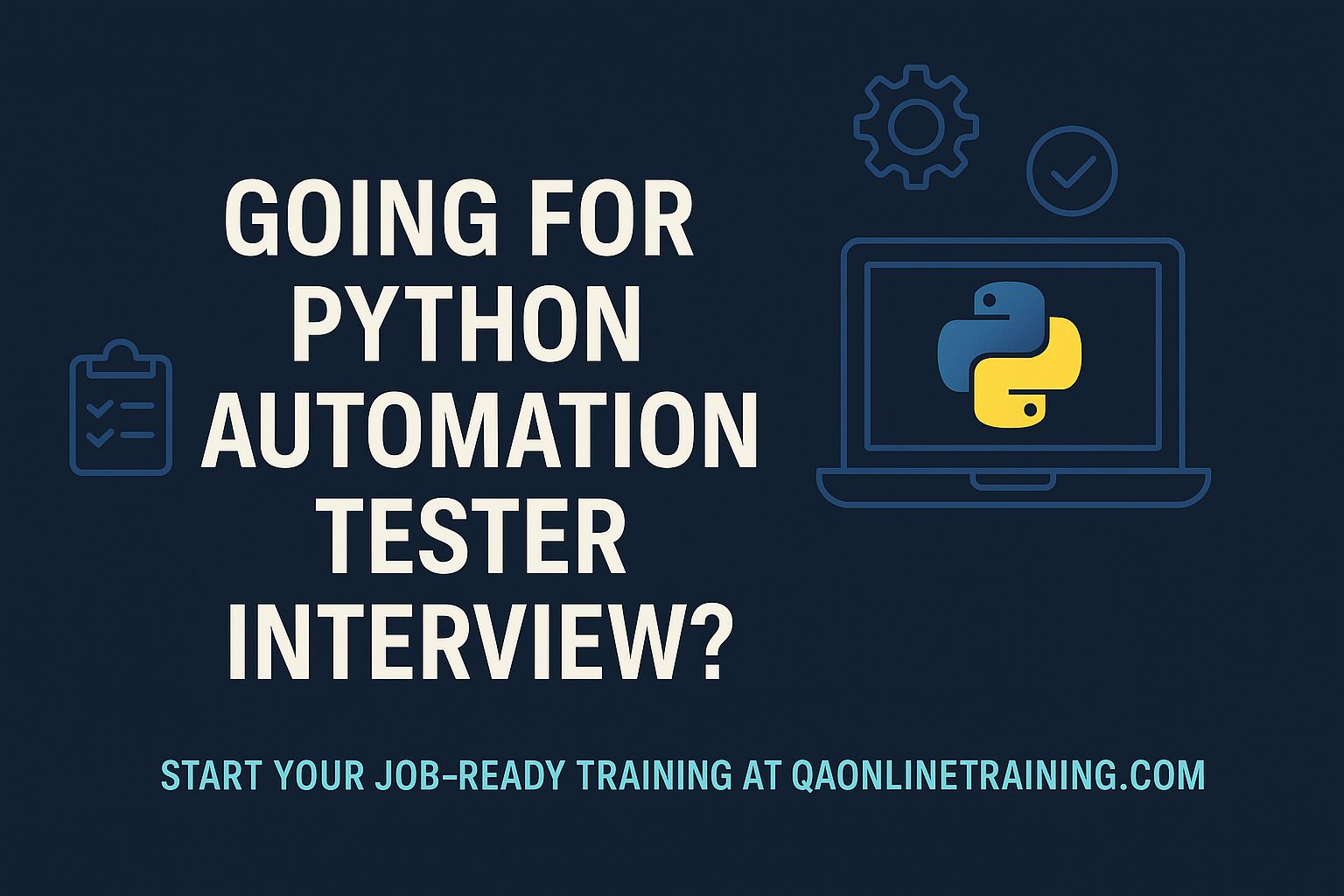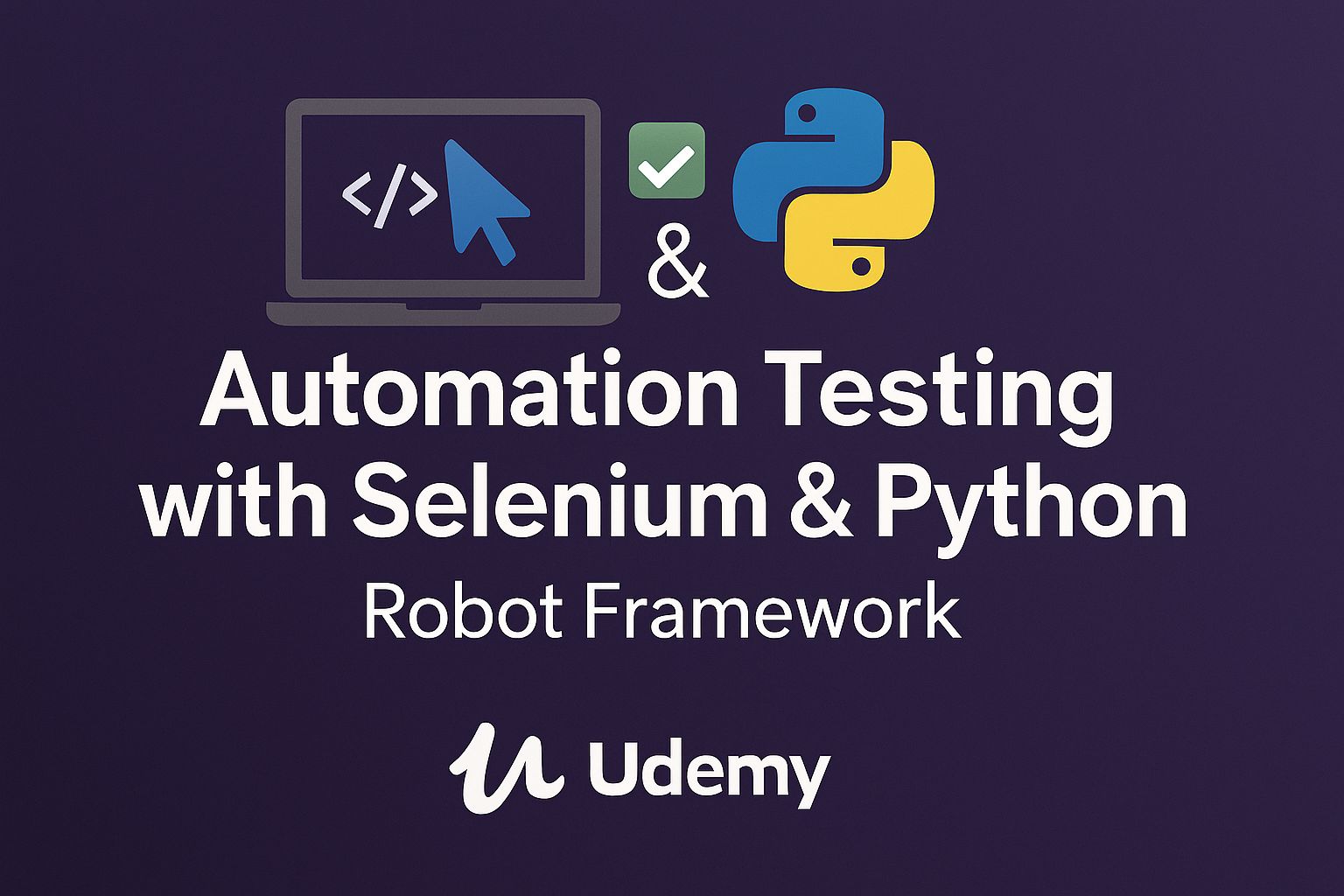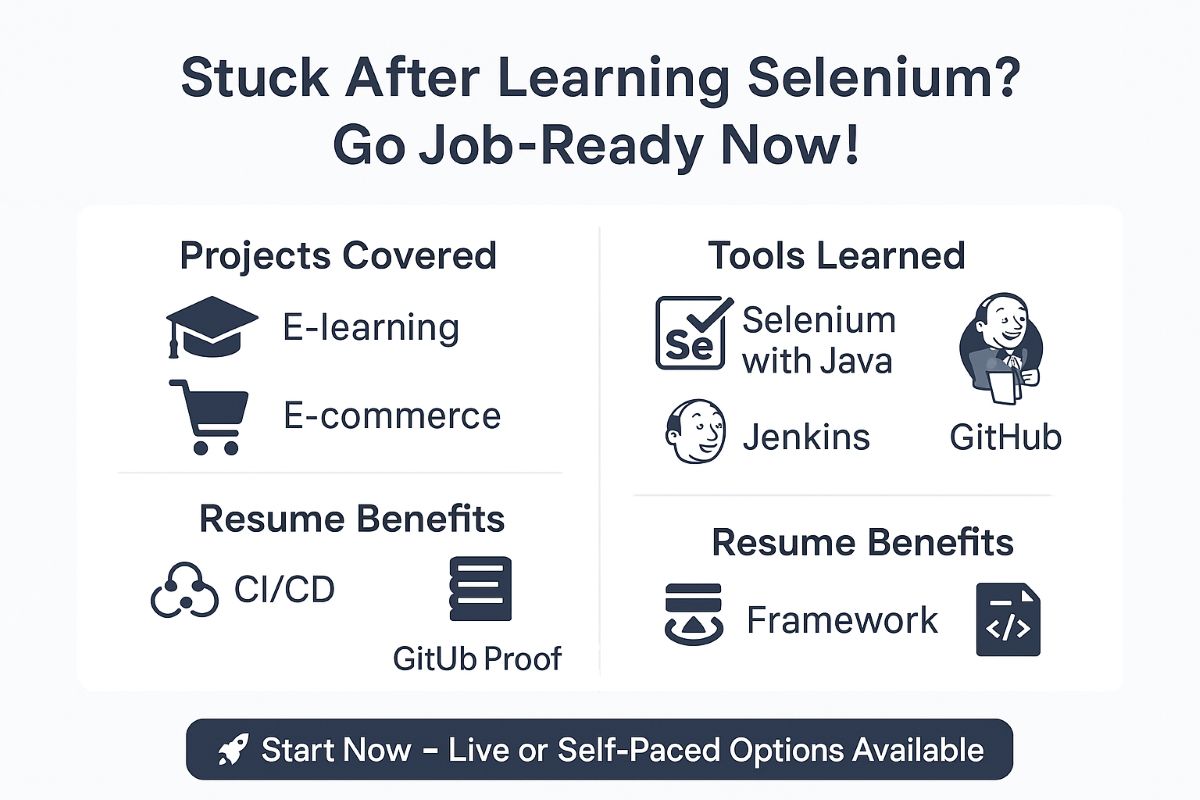If you’re stuck in the “I want to move to automation, but I don’t know where to start” phase, trust me — you’re not the only one. I’ve seen this play out with hundreds of learners. And guess what? Almost all of them asked the same thing:
“Should I go for Selenium with Python? Or try Robot Framework?”
This isn’t a tool war. It’s more like figuring out what makes you tick.
Because honestly, one path feels like jumping into a pool and learning to swim. The other? More like easing in, step by step. Let me explain.
First, what are these tools?
Okay, no tech jargon here—just the gist.
Selenium with Python
This one’s like building everything from scratch. You write real Python code that tells your browser what to do. Want to open a page, click a button, or fill out a form? You write it in Python.
It’s flexible. Clean. And honestly, once you get the hang of it, it’s kinda satisfying.
But yeah… it’s code. You need to write functions, handle errors, and import libraries. If that sounds exciting, you’ll love it. If that sounds like math class flashbacks, maybe not.
Robot Framework
Now this tool? It’s the opposite vibe.
Imagine you’re giving your computer instructions like you would a teammate:
Open Browser https://example.com chrome
Click Element id=login
Input Text id=username testuser
No curly braces. No “if-else” headaches. Just clean, readable steps.
It runs on Python under the hood, sure — but you don’t need to know Python to get started. You focus more on what you’re testing instead of how it technically works.
For many manual testers, it’s like unlocking automation without losing your mind.
What Actually Works for Real People
Here’s something most blogs won’t say:
It’s okay to not love code at first.
Some of the best QA folks I’ve trained started with zero programming experience. They picked Robot Framework first. Why? Because it gave them early wins. Confidence. A feeling like, “Hey, maybe I can do automation.”
Once they got that, many moved on to Selenium with Python later — and were way more ready for it.
Now, if you’re already playing with Python, or love the idea of building your own framework from scratch? Selenium is your playground.
But don’t stress about being perfect. Start where it feels doable. Grow from there.
So, what’s it like to actually use these?
With Robot Framework, you’ll work with files that feel like checklists. It has a nice plug-and-play feel. You want to check a button, call an API, or even test a database? It’s got keywords and libraries for all of that.
It’s structured, tidy, and — bonus — even your manager can probably read your test case.
With Selenium and Python, you’re building your world from the ground up. Folder structures, functions, page objects, reporting—you own it all.
It’s more work. But it’s also more powerful. Think of it like cooking with raw ingredients vs. using a meal kit.
What Happens When You Add Jenkins and CI/CD?
This part scares a lot of people. But it shouldn’t.
Robot Framework works with Jenkins and GitHub Actions without much drama. Drop in your .robot files, call them from the command line, and boom—you’ve got automation in your pipeline.
The reports? Easy to read. No weird dependencies. It just… works.
Selenium with Python? Also solid, but you’ll need to set up more. Create virtual environments, manage Python packages, install drivers—it’s more technical, but once it’s set up, it flies.
👀 What Hiring Managers Actually Care About
Let’s bust a myth: they don’t care what tool you used. Not really.
What they care about is whether you can:
- Explain your test approach clearly
- Write and maintain clean, working tests
- Work in a GitHub repo without panic
- Talk confidently about what you’ve built
So if you learned all that using Robot Framework? That’s valid. If you nailed it using Selenium with Python? Great.
Bottom line—bring real examples, not buzzwords.
What Should You Learn First?
Let’s not overthink it.
If you’re a manual tester or career switcher with no coding background? Robot Framework is a great starting point. It gets you into automation without burning you out.
If you’ve already started dabbling in Python, or want to dive deep into framework building? Selenium with Python is a solid choice.
And hey—nobody said you can’t do both. Start with one, get good at it, and then pick up the other when you’re ready.
Project Ideas You Can Try (Even as a Beginner)
Here are a few project ideas that folks I’ve mentored loved building:
- Login & signup flows (classic and useful)
- Shopping cart and checkout (great for e-commerce feel)
- Simple REST API tests (with or without Postman)
- Cross-browser login test (Chrome, Firefox, Edge)
- Triggering tests via Jenkins after a Git push
These aren’t resume fluff. These are real, practical skills that come up in interviews.
Final Thoughts
Don’t waste weeks stuck in decision mode.
Both Robot Framework and Selenium with Python can help you land that QA role. The trick isn’t picking the “best” tool — it’s picking the one you’ll actually stick with.
Learn it. Build stuff. Share your work. Then move to the next thing.
That’s how careers are built. Not in tool wars—but in progress.
Need Help Figuring Out Where to Start?
That’s where we come in.
At Infotek Solutions, we’ve helped hundreds of learners move from stuck and uncertain to job-ready. We do:
- Real-world, project-based training
- Mentorship from people who’ve been there
- Resume and GitHub guidance
- Interview prep without the fluff
If you’re curious which path is right for you, just drop us a message.
We’ll help you figure it out.
Infotek Solutions Team
📞 Call: +1-(802)-518-0095
✉️ Email: training@infotek-solutions.com


